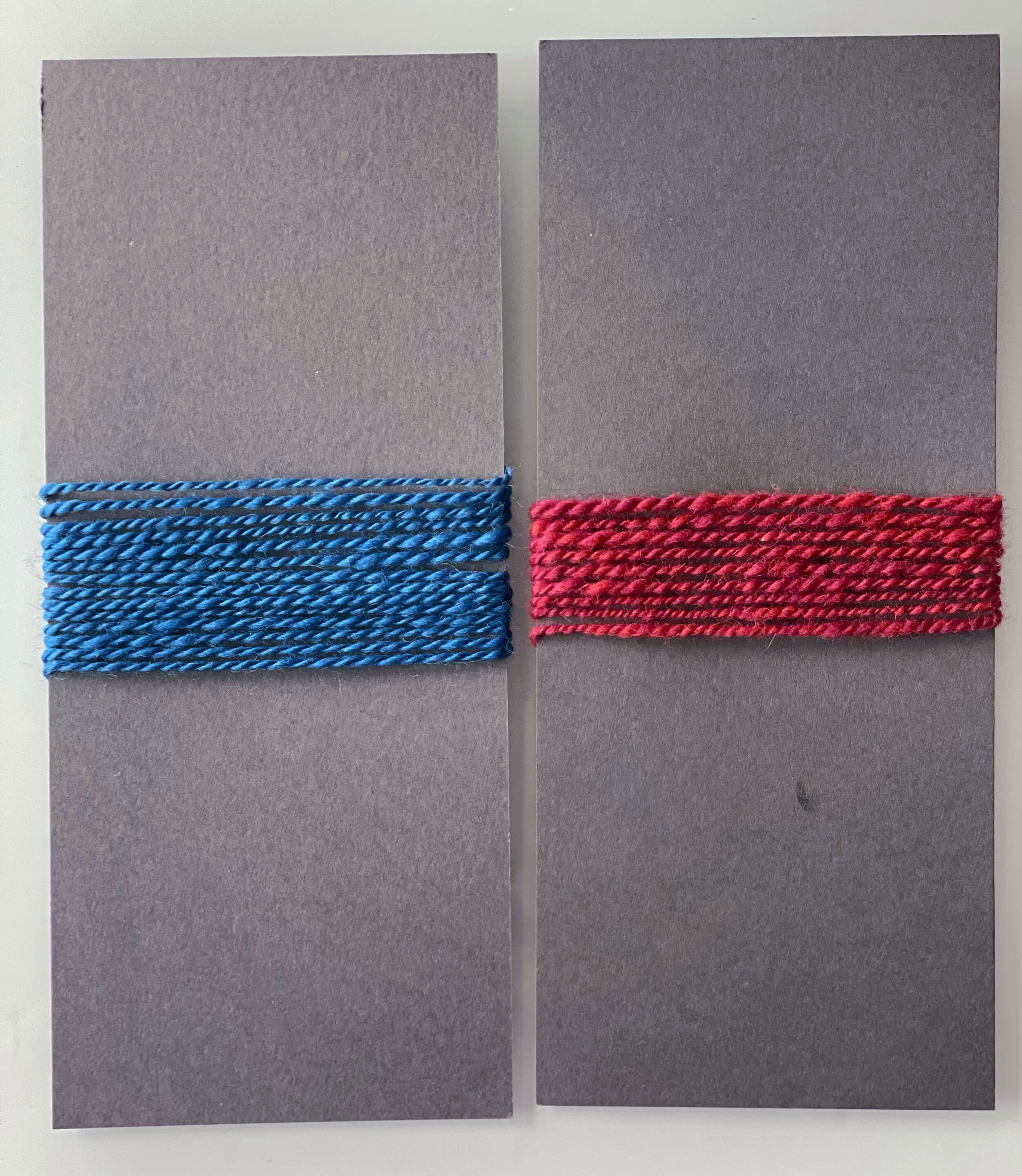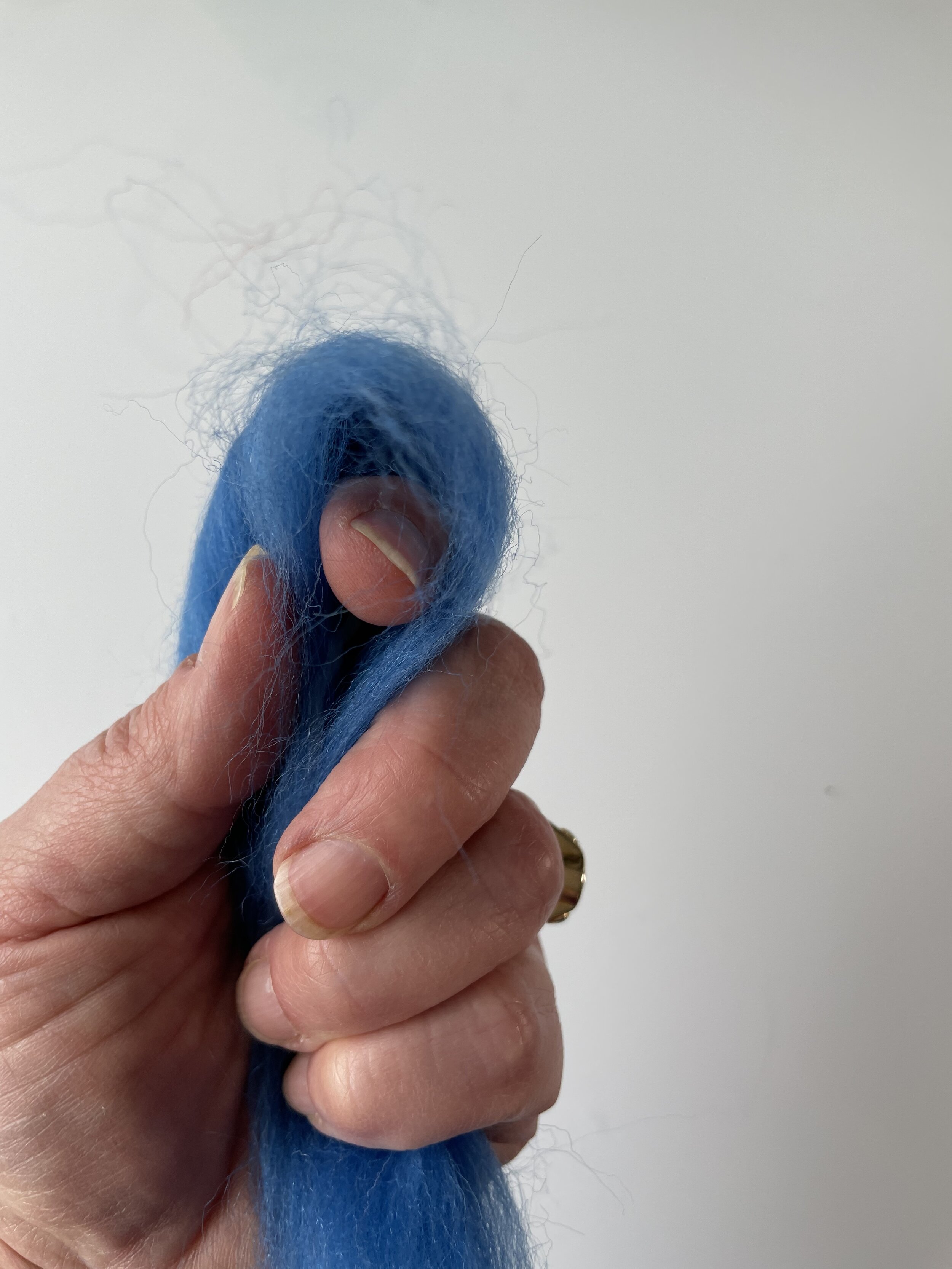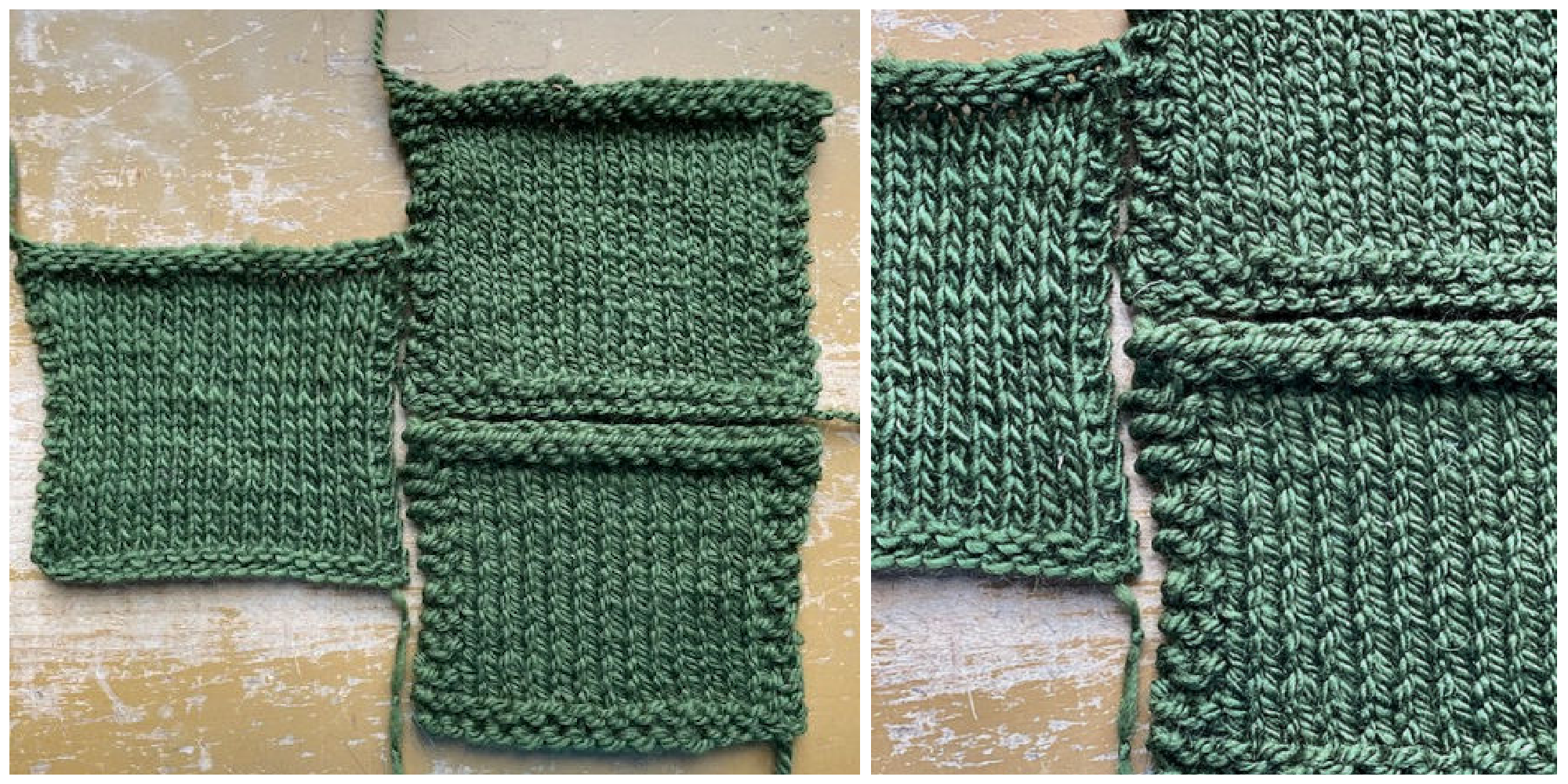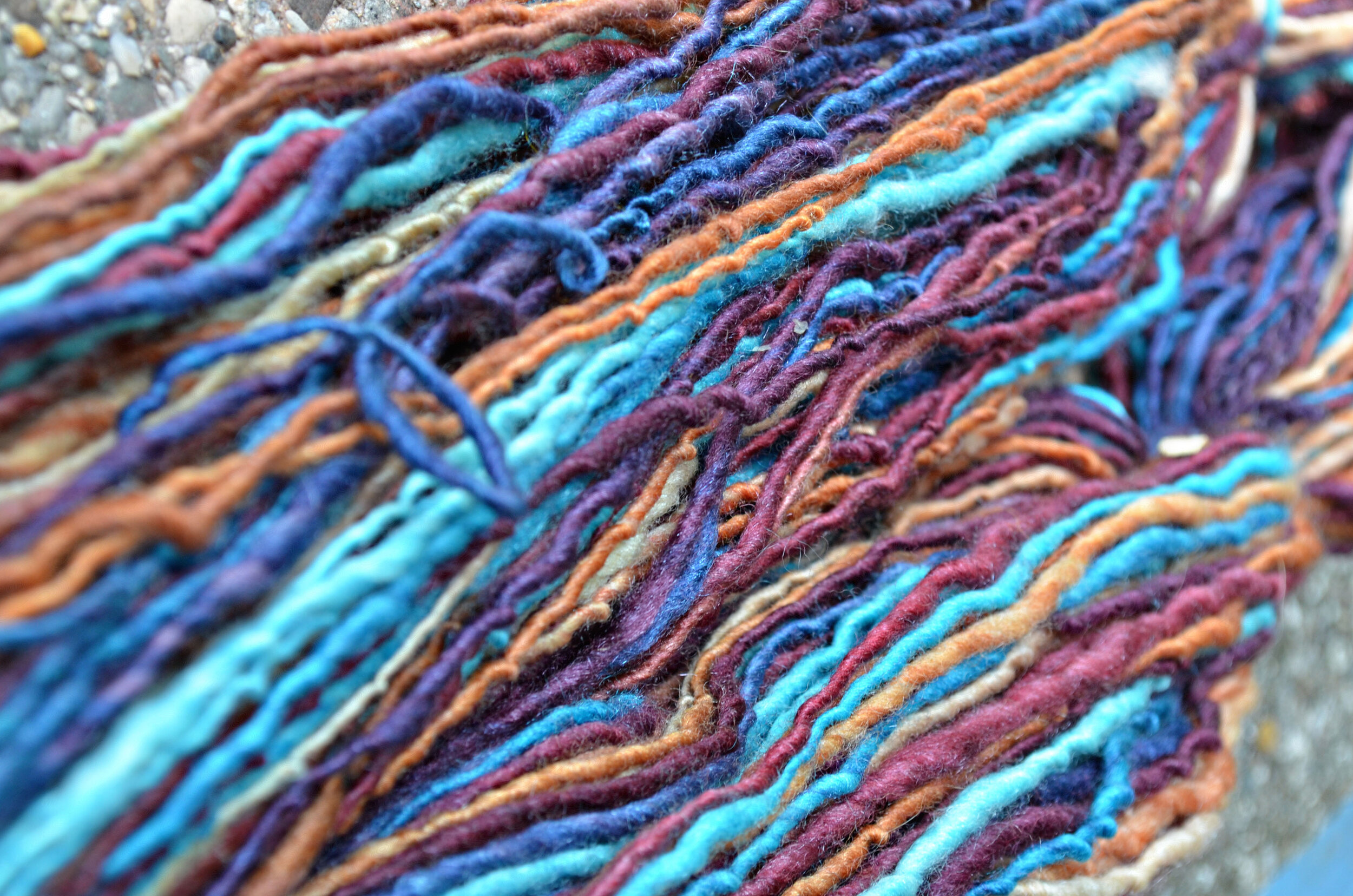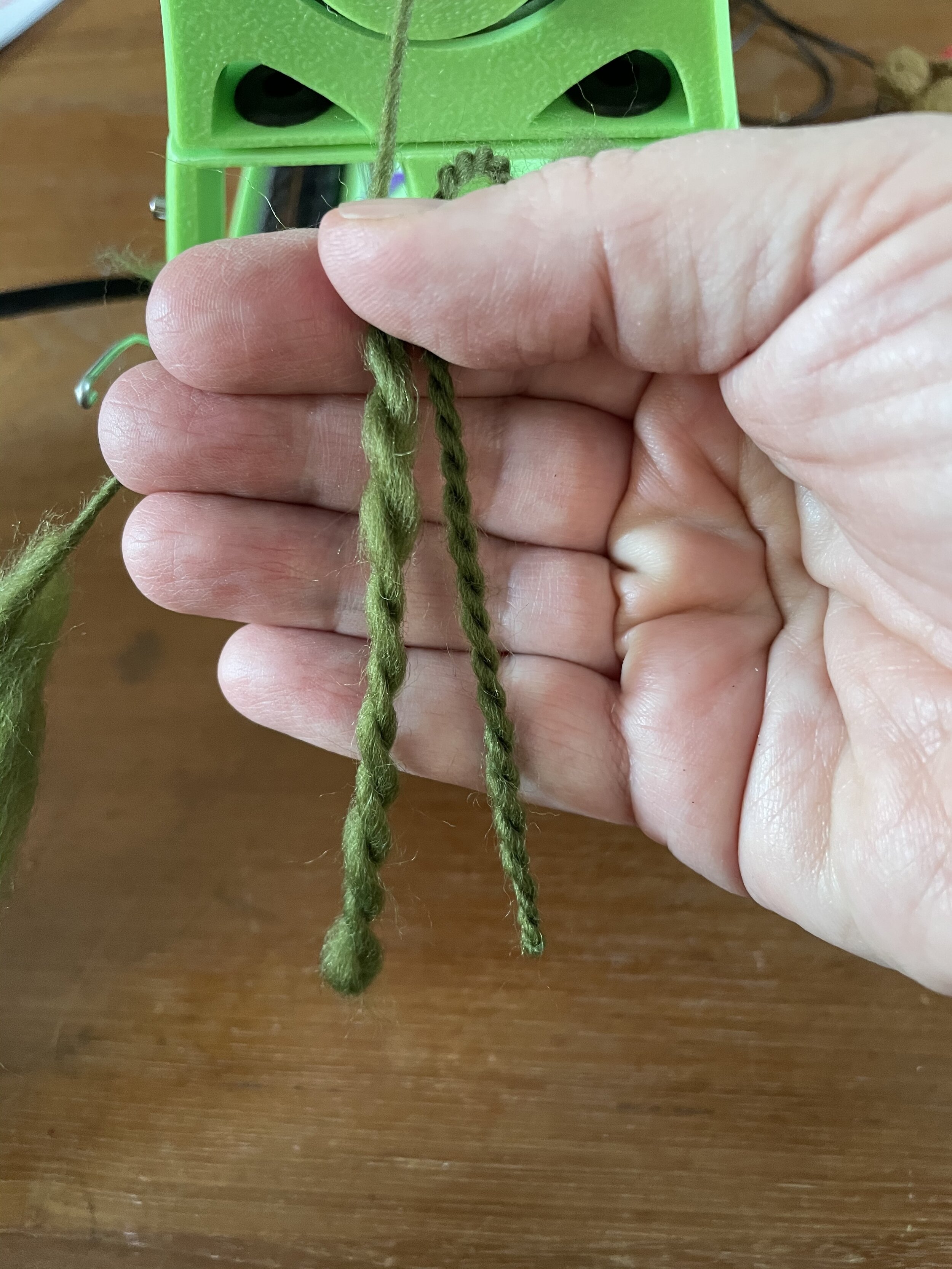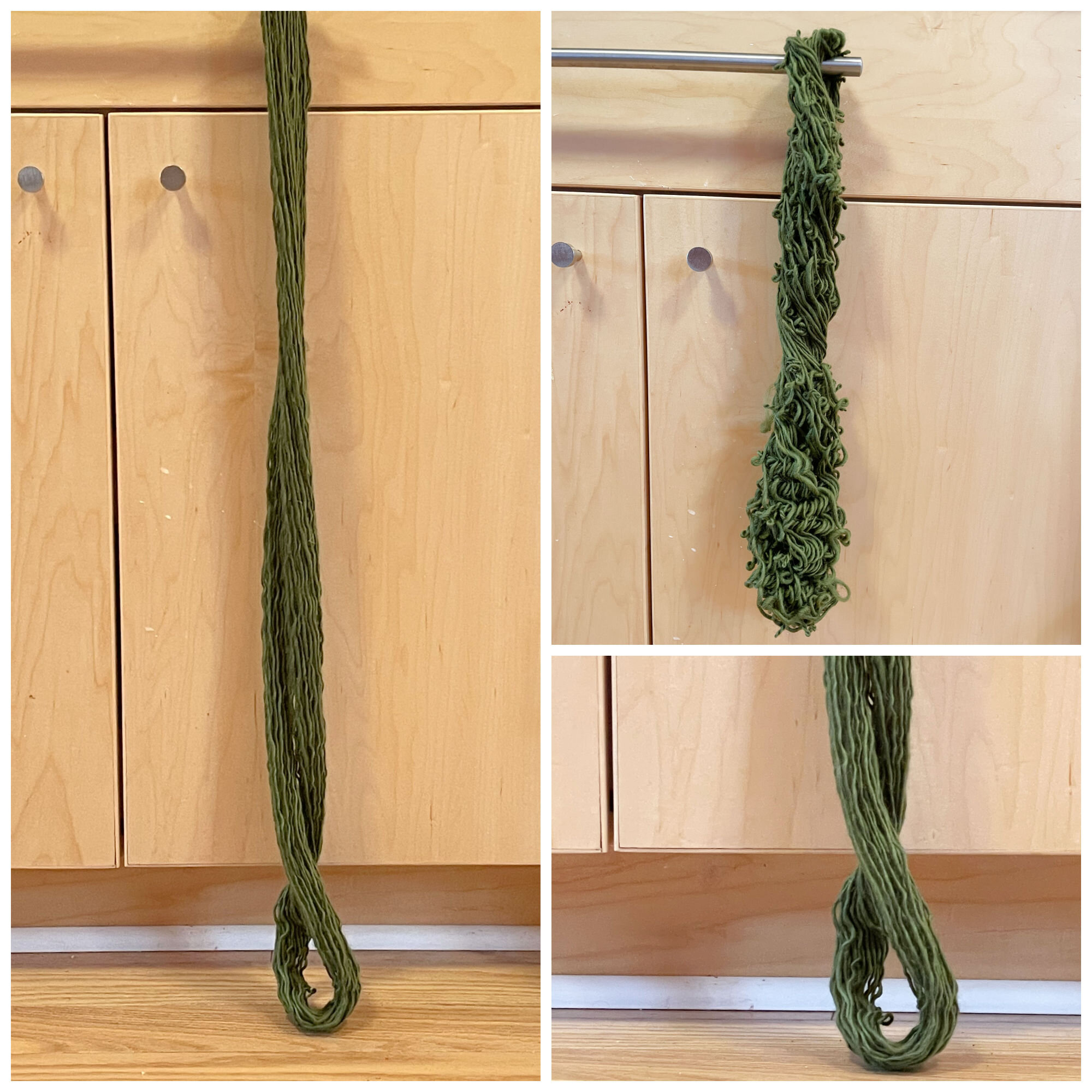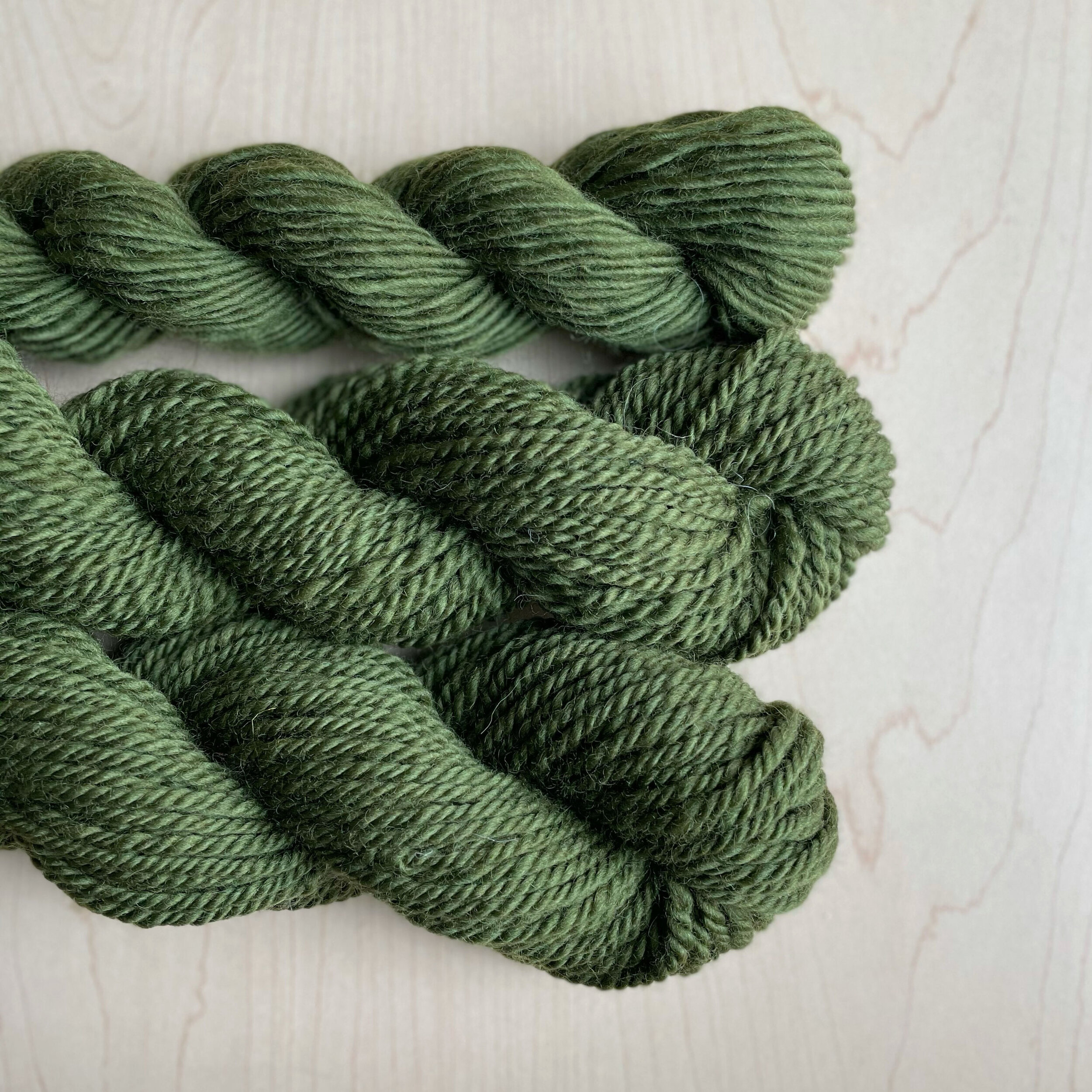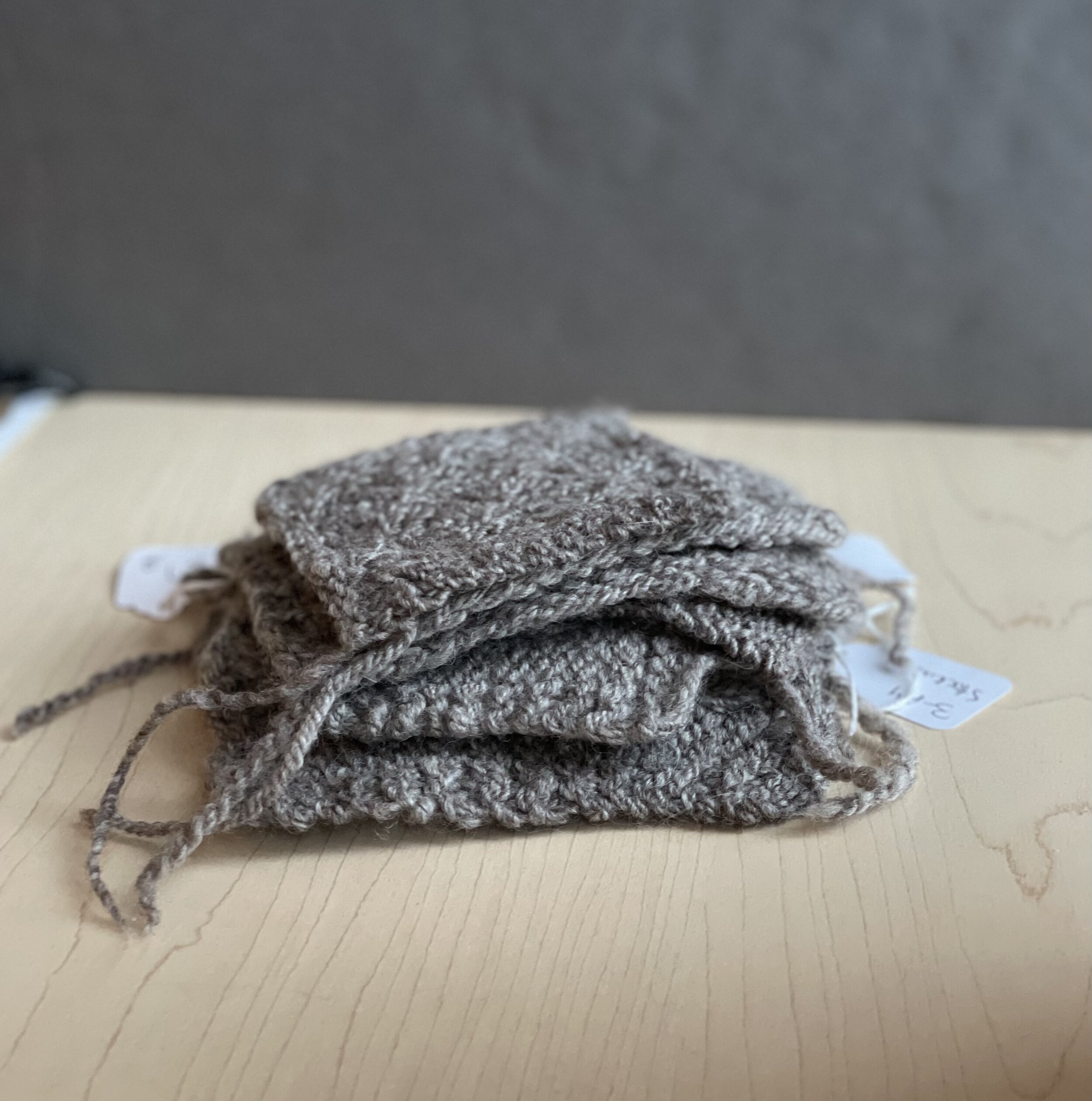We've reached the longdraw portion of our Sample Along! The style of longdraw that I use the most is supported longdraw, where my front hand helps control how the twist zips into the fiber.
I don't use a sweeping, long, longdraw much because it makes my shoulder crabby. If you have any shoulder issues I do not reccomend doing a sweeping style of longdraw for any length of time.
My two biggest tips for long draw are:
1) Make sure your fiber is open and fluffy, just begging to be drafted. Your drafting tension point is your wheel, not your front hand, you can't tug a tight fiber mass or your wheel will walk or fall over (ask me how I know), or your yarn will break. Woolen preparations work wonderfully with long draw, carded roving, rolags, batts, or spinning from the fold.
2) Go slowly
Are you tired of hearing me say this one? It's true! It's a kindness to let yourself learn something slowly. There is a lot going on with longdraw, wheels set up, body set up, finding that perfect point of twist and draft, this style of drafting isn't a sprint. At least, until you are comfortable with controlling it, then it is a fast draft.
Wheel set up
I set myself up with a little more twist. I go down a whorl size, or treadle faster. I want a stronger take up on my wheel. It allows me to get the yarn onto the bobbin faster, keeping it fluffy, and it gives me a little more of an anchor point to tension against when I draft.
Hands and feet - finding the sweet spot
Give yourself the gift of doing a little playing here, a little experimenting. Your front hand controls the twist, closing to gather a bit of twist, then opening to let the twist shoot into the fiber while you draw back. It takes a bit of trail and error, especially if you are like me, and tend to speed up treadling when you get nervous trying new things.
Don't aim for a cosistent yarn, work on one thing, getting that balance between draft and twist. Consistencey can come later.
The basics
Start with a short backward woolen draft. Get that rhythm going and comfortable.
Then start lengthening your draft, and opening and closing your front fingers at a different rate. It's more like a pulse or a flutter. At the same time be conscious of twist, you may need to increase your twist a bit, and you may need to increase your take up.
Yes, this drafting style, at the beginning, is just like a knitting pattern that has four things to keep track of at the same time.
It's also like learning to drive a stick shift, you don't want to rev and you don't want to stall.
But when you hit that spot where it all comes together it is magic. When you can sustain this draft you can make yarn very quickly.
The yarn you make will be light and fluffy. At first, it won't be conssitent, and that is just fine, you can work on that later. Look at my quick sample yarns in the photos, super uneven, and that is a-ok.
I made a short video for you. It's a little different than some longdraw videos.
At the beginning I focus on my front hand, that's what I always wanted to see when I was learning. What is going on with the front hand, what ‘s the rhythm? I do show my sweep at the end.
For next time, which will be the wrap up for this Sample Along, I’m going to choose four of my drafts and spin enough to knit a stockinette swatch. i learn as much knitting my yarns as I do spinning them.
Our next Sample Along will be about color again. If you have any ideas of what you’d like it to be let me know in the comments.
Happy spinning!





